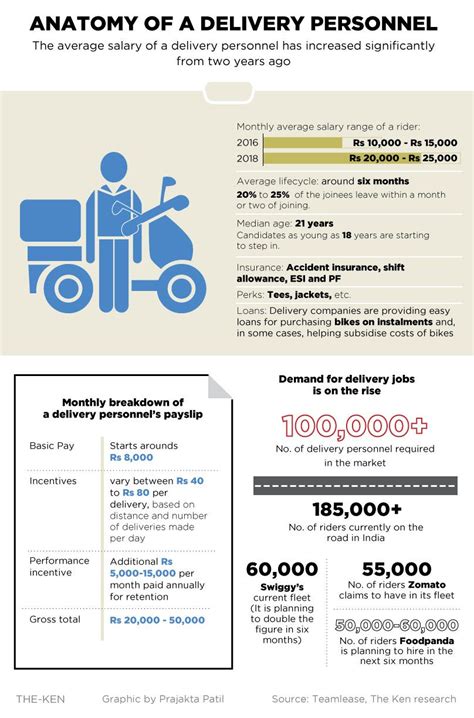The conversation around gig economy workers, particularly delivery drivers, has taken a turn following legislation mandating higher wages. While these pay hikes are a step toward fair compensation, they also highlight an array of unintended consequences. One critical issue is the reduction in delivery orders faced by many drivers, leading to questions about the sustainability of the delivery business model under this new wage structure. If we dive deeper, the root of these challenges becomes clear: the intricate interplay between supply and demand, and the roles that external funding and subsidies play in propping up the gig economy.
Commentators have not shied away from expressing their opinions on this topic. Some argue that the entire business model was built on what could be termed ‘slave wages,’ pointing out that if you pay drivers an honest wage, the model doesn’t work as efficiently. The point here is a harsh revelation that many gig economy platforms have prioritized low operational costs over fair compensation. The sudden shift to higher wages has exposed these fragile foundations, leading to fewer orders placed and completed. The model, which seemed to work when labor was cheap, now appears to be faltering under the weight of fairer pay.
One intriguing solution posited by a commentator is the idea of a government-provided ‘gig brokerage.’ This concept would have the government handle the dispatching of deliveries and take a smaller cut than commercial platforms, potentially making the economics more favorable for both drivers and consumers. However, the success of such a solution is not without skepticism. While a government-run solution could theoretically cut out the inefficiencies and profit motives of private platforms, there are valid concerns about its effectiveness and efficiency. Historical precedents suggest that government-run enterprises can sometimes fall short in areas where private enterprises excel, particularly regarding innovation and customer service.
The efficiency issues extend beyond wages. Delivery businesses like DoorDash and Uber Eats face inherent logistical challenges that aren’t easily resolved by simply increasing driver pay. One commentator pointed out that pizza delivery has been historically successful due to its scalable and efficient nature. Pizza shops often have in-house drivers, creating a one-to-many delivery model that minimizes inefficiencies. Unlike platforms that handle multiple food sources, pizza chains have streamlined their operations, making quick and cost-effective deliveries feasible. Extending this model to the diverse range of food offered by services like DoorDash involves complications that make scalability a significant hurdle.
Besides the challenges of scaling up delivery services, there are also fundamental economic principles at play. Mandated higher wages inevitably lead to higher prices for consumers, reducing demand. This is a basic tenet of economics: when the cost of a service rises, the quantity demanded typically decreases. Consequently, higher wages for drivers mean higher delivery fees or food prices, making consumers less inclined to use these services frequently. This paradox of trying to ensure fair wages while maintaining an economically viable business model presents a significant challenge that the industry must navigate.
The future of gig economy delivery services in the face of higher wages remains uncertain. As some commentators suggested, this could lead to a reduction in the number of drivers, thus realigning the supply with the diminished demand. Others advocated for innovations that could help optimize deliveries, such as grouping multiple orders from nearby restaurants. These approaches, while potentially effective, require significant logistical restructuring and technological investments. Furthermore, the discussion about the sustainability of such business models brings to light broader questions about the viability of gig economy jobs and the role of government and private enterprise in ensuring fair labor practices.


Leave a Reply